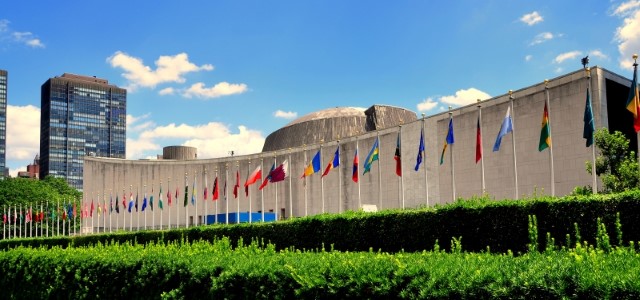According to the World Economic Forum’s Global Risk Report (2015 and 2016), “water crises” is ranked near the top of the ten global risks that threaten economic growth. The impact of climate change will only exacerbate water crises. The scale of today’s water security challenge should not be underestimated. Threats to water security come from many different areas: rapidly growing and urbanising populations with changing lifestyles and consumption patterns; competing demands from agriculture, industry, and energy; unpredictable risks caused by climate change and environmental degradation; and growing tension over scarce water resources that flow across administrative boundaries.
Integrated Water Resources Management (IWRM) provides a framework within which to consider trade-offs between different development objectives and, where possible, to identify win-win water investments. Water related investments can increase economic productivity and growth. This relation is bi-directional; the resulting economic growth can provide the resources to finance capital-intensive investments in water related infrastructure. In other words, while economic growth can enhance risks (such as water pollution) it also provides the critical resources needed to manage water related risks (flood protection measures). An important question in the GWP/OECD report "Securing Water, Sustaining Growth" was researched - “How much is an improvement in water security worth (compared to other pressing needs)?” Or conversely – “What is it worth to reduce the risks associated with poorly managed water resource systems?”
There exists synergy between various SDG-linked goals: resilient infrastructure (9.1, 9.4, 9A), sustainable cities (11B, 11.5), sustainable consumption (12.2), inclusive societies (10.2), global partnership (17.6, 17.9). It will be difficult to make progress on a few without progress on the others. This is certainly true for those in which water plays a role. In this context, an important dimension of IWRM is that is creates a comprehensive framework for water management options to be introduced into broader national and international development planning in a structured way.
By aligning and integrating interests and activities that are traditionally seen as unrelated or that, despite obvious interrelationships, are simply not coordinated, IWRM can foster more efficient and sustainable use of water resources to achieve the SDGs. IWRM is not simply a process designed to carry us to a set of SDGs targets, but a way of thinking that enhances our capacity to tackle multi-objective, multi-sectoral development planning such as is embodied by the SDGs.
Dealing with water issues requires commitment at the highest political level. Water security will only be reached when political leaders take the lead, make the tough decisions about the different uses of water, and follow through with financing and implementation. Having water resources management as part of the SDGs provides political leaders with that mandate.

